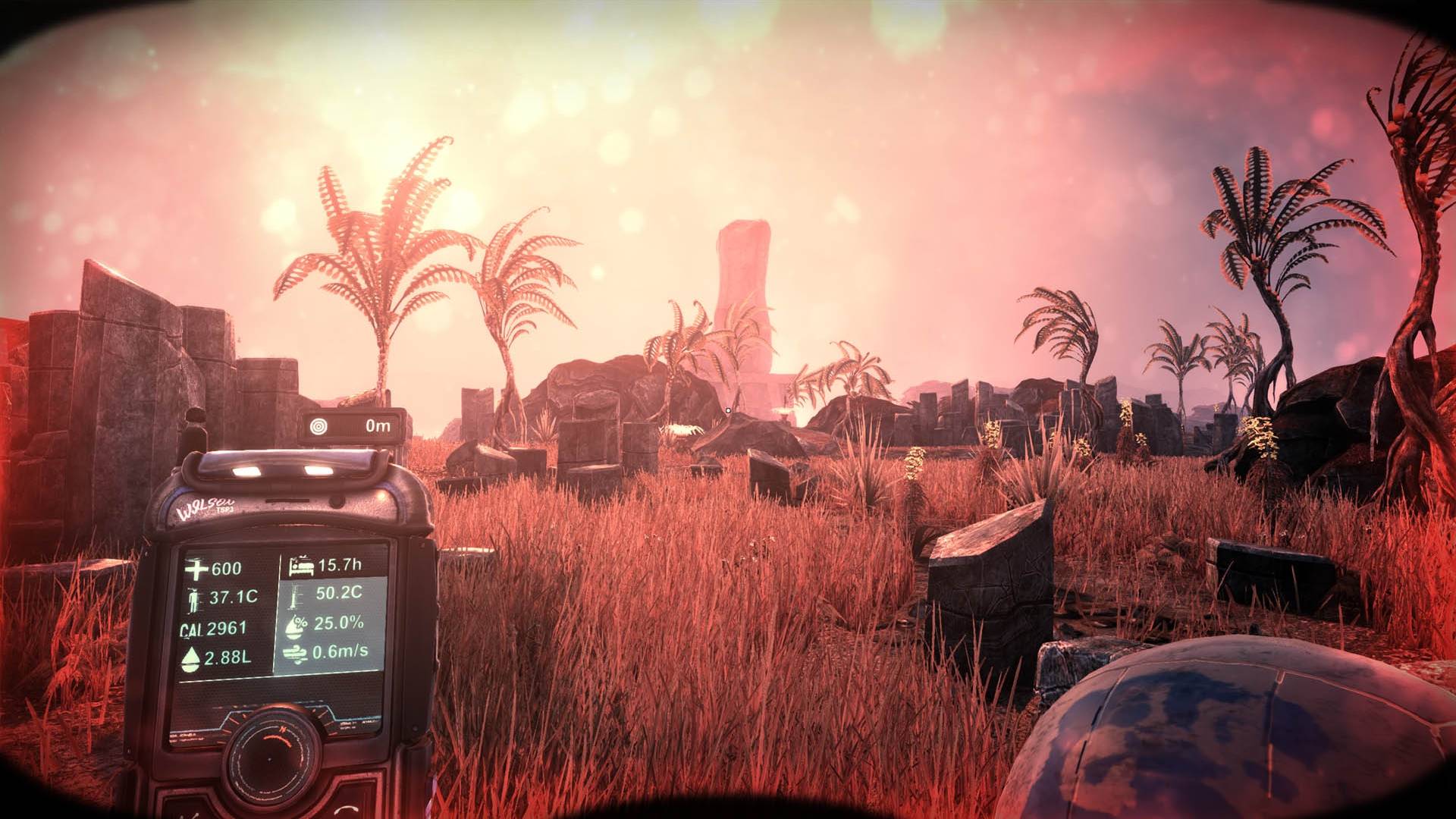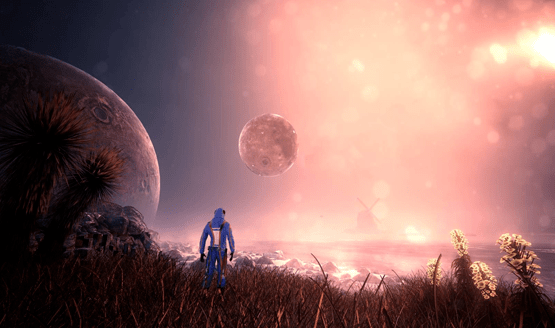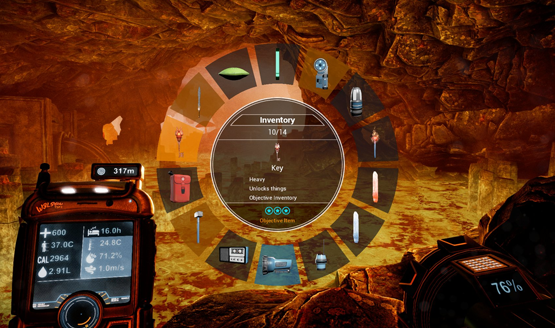The Solus Project doesn’t quite know what it is. It tries to be too many things, and ends up shooting well over par on most of them. There’s a survival game on the surface that is at times too obtuse to make much sense of, and yet at other times, it hardly even matters. There’s a puzzle exploration game, with puzzles that boil down to stumbling across the right object or button to press. And then the whole thing turns into an atmospheric horror game, something the game seems to vaguely hint at throughout the 12 or so hour long campaign.
After crash landing on a planet beyond the edges of the solar system, you become humanity’s last hope for survival. The Earth is gone, and sending your reports will determine what course of action the remnants of the human race need to take. Despite such an imperative mission, gaining control of my character left me immensely confused. Let me set the scene: I’m trapped in a small circle of wreckage and the only way out seems to be a cargo net that I need to cut through. All I’ve got is a PDA that displays my vital signs and a couple of rocks scattered through the landscape.
I picked up a rock. I couldn’t throw it, and I couldn’t use it to hit the cargo net. There was no knife or other object that could be used to cut. I picked up the second rock. Well, now I had two rocks. That’s cool, I guess, but I still couldn’t do much of anything. I wandered around in this opening area for longer than I’d like to admit with no sense of what I needed to do next. I was playing in VR though (more on VR integration later), and managed to use the Move’s teleport-to-walk function to glitch through the cargo netting. What I found out hours later—quite by accident—was that I can combine two rocks to make a “sharp rock,” which could have then been used to cut that cargo netting and let me free of those opening confines.
It was a moment right at the outset that defined the rest of the game for me. The Solus Project consistently trips over itself by never effectively communicating the rules of the world to the player. I understand the desire for player discovery, and I’m not asking to have my hand held, but if I don’t know from the jump that I can combine objects, much less how to accomplish this object combination, I’m obviously going to have a hard time making my way through a game that requires me to combine objects in order to move forward. Every time the adventure seems to be cantering at a good pace, I’m halted by a puzzle that is less about using my brain to figure out, and more about overcoming the frustrating gameplay mechanics and lack of explanation or tutorial that might give me any sense of guidance.
Communications Down
At one point, I had to use a small portable teleporter to get through some wreckage. I knew this is what I needed to do, yet the game never told me how to use it. I shot countless teleport discs out. I switched items. I wasted a lot of time trying to figure it out. I finally discovered that holding down the same button I use to drop most objects would teleport me to the disc’s location instead. Why was that not communicated? The only reason I ended up trying it is because I got so frustrated and felt I had tried everything else. It was a fluke, but the game needs to better communicate with the player if the same button is going to do two different things.
In trying so desperately to be a survival game, it forgets to give the player ample breadcrumbs for moving through the environment. In another moment similar to the opening, I needed a hammer to break through a wall in order to move forward. I didn’t know I needed a hammer, it just said it was breakable. I tried using heavy rocks to no avail. I tried bashing it with a pipe. Nothing. I explored everywhere to find another tool that might be useful, only to find an alien mechanism that somehow called down a supply drop for me that happened to have an object I needed to combine with a pipe to make a hammer. Figuring this out was not an “aha!” moment for me, and I felt my time had been wasted as I backtracked and tried to figure out how to break down the wall.
Still, for every time I got frustrated with The Solus Project, I looked towards the magnificent skybox and marveled at exploring this desolate alien landscape. They nailed that sense of scale and wonder, really letting the player feel like they’ve crash landed on a celestial body that treads the uncanny valley of being familiar, yet completely foreign at the same time. The power of the elements is on fierce display, from the torrential rain to the whipping winds of a tornado. As a player, I felt completely at the mercy of this place. Feelings are evoked of movies like Alien and Interstellar. There’s a humbling sense of awe and fear being so far away from home, and being the last hope for humanity’s survival. Even from the beginning, before the game turns into more of a traditional horror fare, I felt a sense of urgency and dread. It’s a feeling that is incredibly communicated in VR.
Move Over, Virtual Reality
Sadly, the incredible scale virtual reality support gives to The Solus Project is hampered by a number of design quandaries that leave it feeling tacked on rather than the primary focus. PSVR currently only supports the Move controllers, even though the 2D game can be played with a DualShock 4. Moreover, the Moves don’t actually allow players to use them in an immersive motion. Burnable objects can’t be lit by moving your torch to them. You have to aim at them using the little cursor line, and they hold a button. The same goes for breaking down breakable walls with a hammer. Why allow me to have the freedom to move my arms about if my arm positioning actually means nothing for the gameplay? In fact, most of the controls using the Moves are the opposite of intuitive and immersive, especially when the tutorial is lacking any kind of explanation on how to actually play.
The player’s hands are represented by renderings of the two Move controllers themselves, which stayed there even when I had objects picked up. Holding a torch? There’s going to be an awkward 3D model of a Move that looks like it is glitching through the pipe. Got a rock in hand? That weird smooth black surface you see protruding from the granite is the back end of the Move model. Was it too hard to code in hands? Was it difficult to make the Move model disappear when an item was picked up? It just makes the VR and Move implementation look exceptionally cheap, which is disappointing when we’ve had so many amazingly immersive VR games in the year that it’s been out.
From a conceptual standpoint, The Solus Project is fascinating. The sense of scale is amplified in VR, especially the fantastic skyboxes that cycle between day and night, massive planets in rotation around you, and the ferocity of the elements. That feeling of being stranded in an alien landscape, needing to survive, and needing to explore to complete your mission are a heavy weight from the drop. Where The Solus Project fails is in gameplay mechanics and puzzle psychology. Overly ambiguous controls and solutions meant that most of my playtime was a campaign of frustration and overcoming meaningless obstacles. The Solus Project is a game that I wanted to like, but every time it did something redeeming, I could be certain that another gameplay frustration was just around the corner.
The Solus Project review code provided by publisher. Version 1.01 reviewed on a standard PS4 and PSVR. For more information on review scores, please read our Review Policy.
-
Sense of wonder, awe, and scale
-
Fascinating concept of exploring and surviving on an alien world
-
Bad game design leads to frustrating moments
-
Lack of communication about how to play or what things mean
-
Cheap feeling VR integration
The Solus Project Review
-
The Solus Project Review
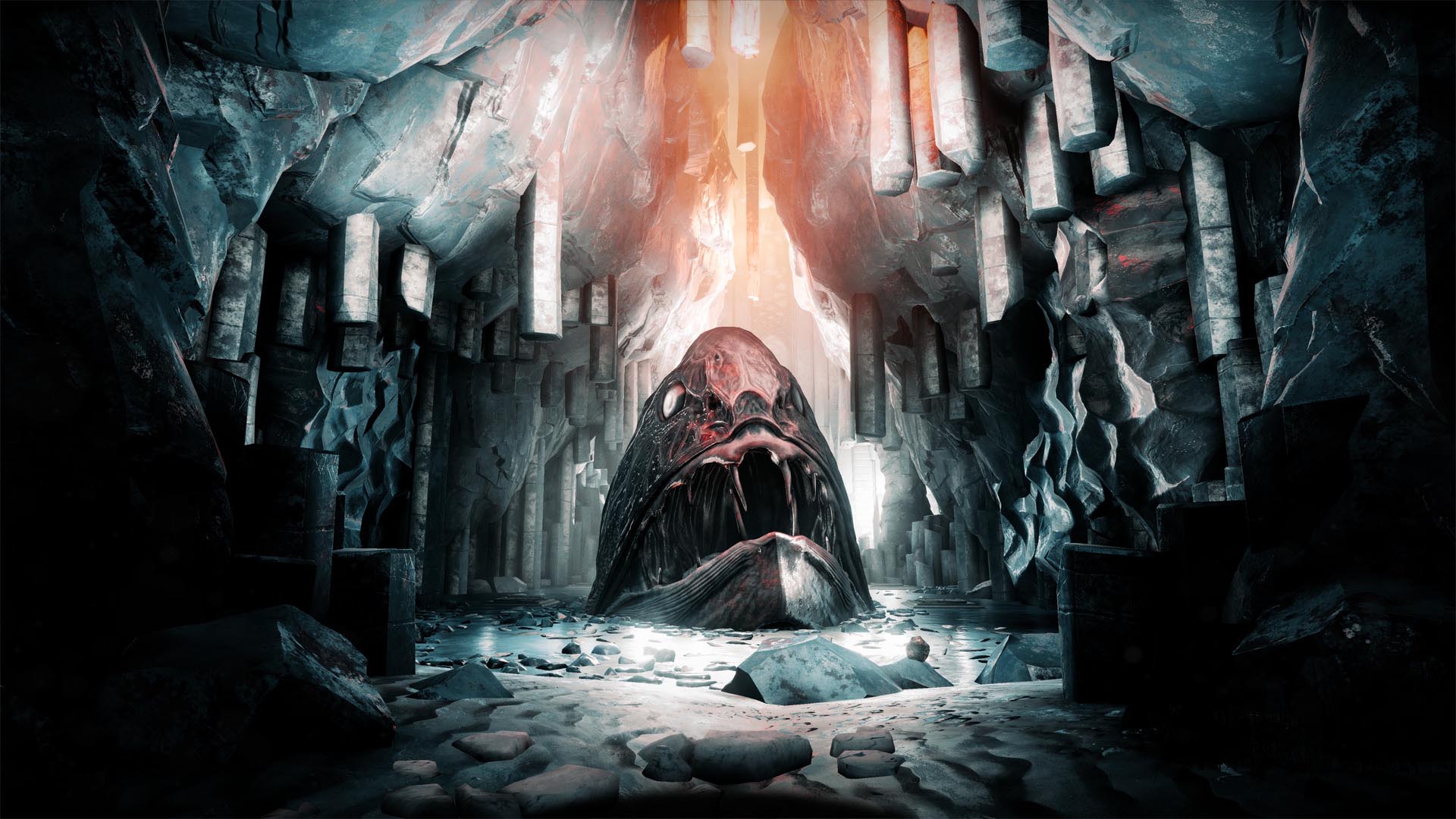
-
The Solus Project Review
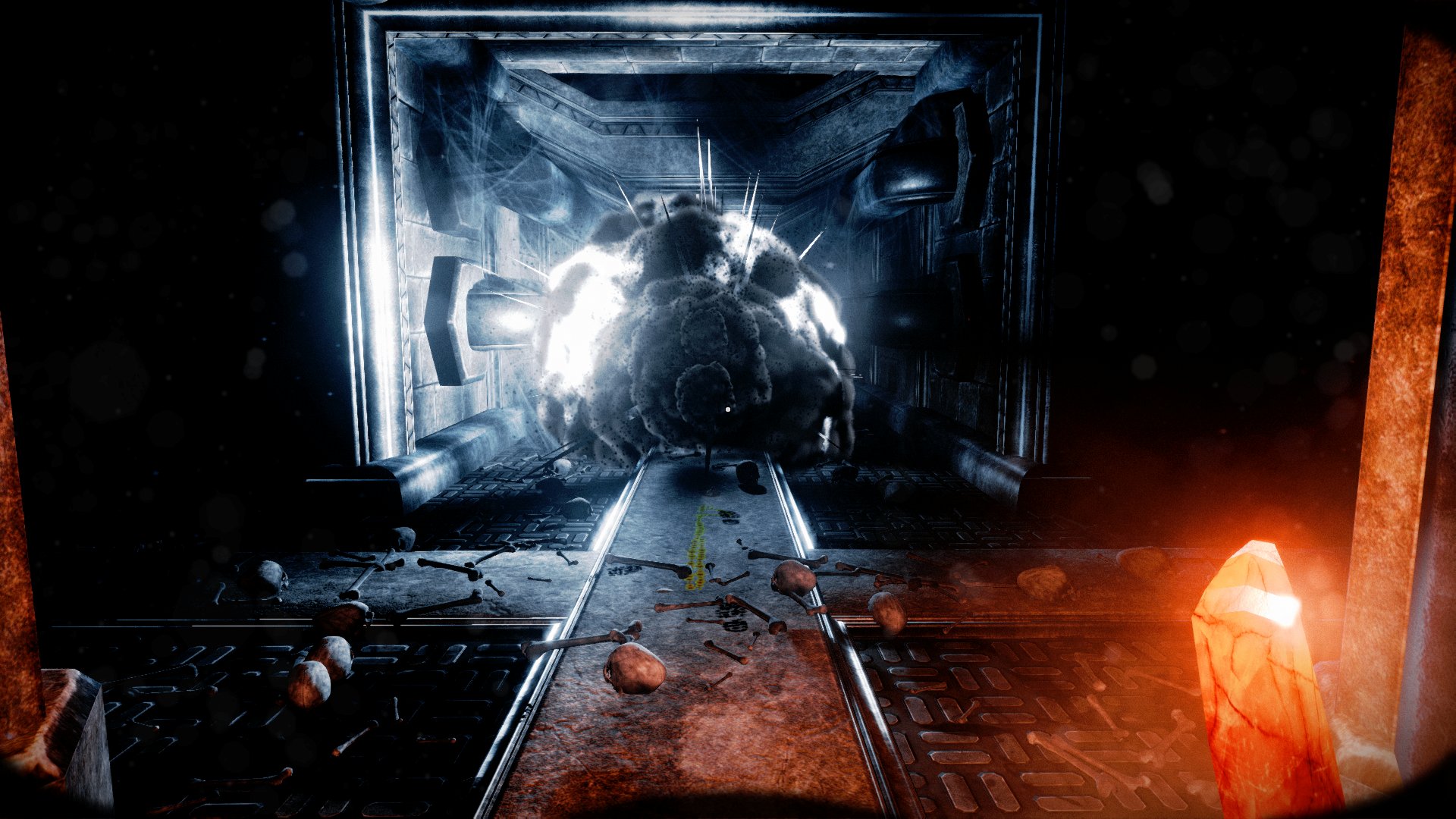
-
The Solus Project Review
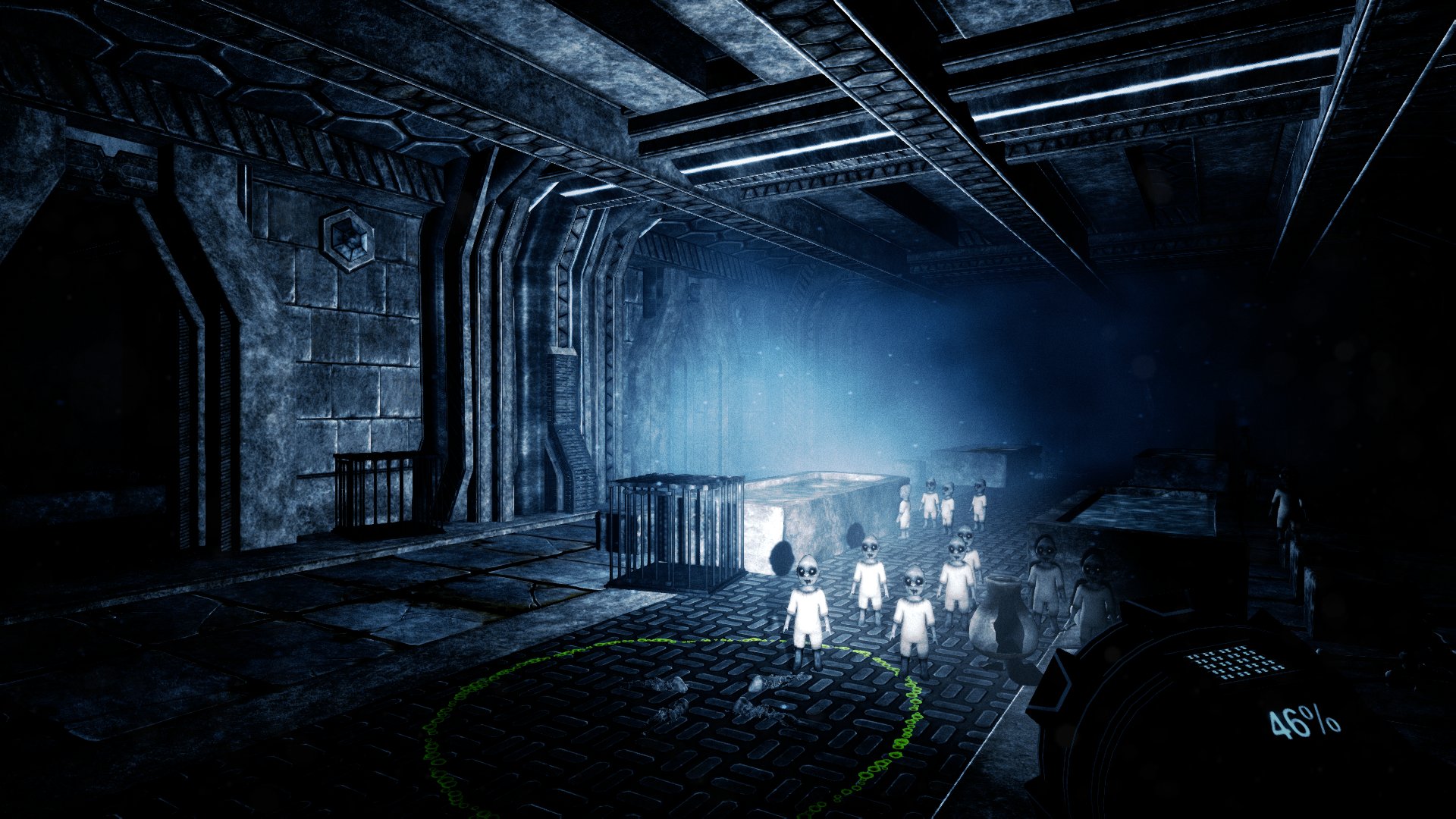
-
The Solus Project Review
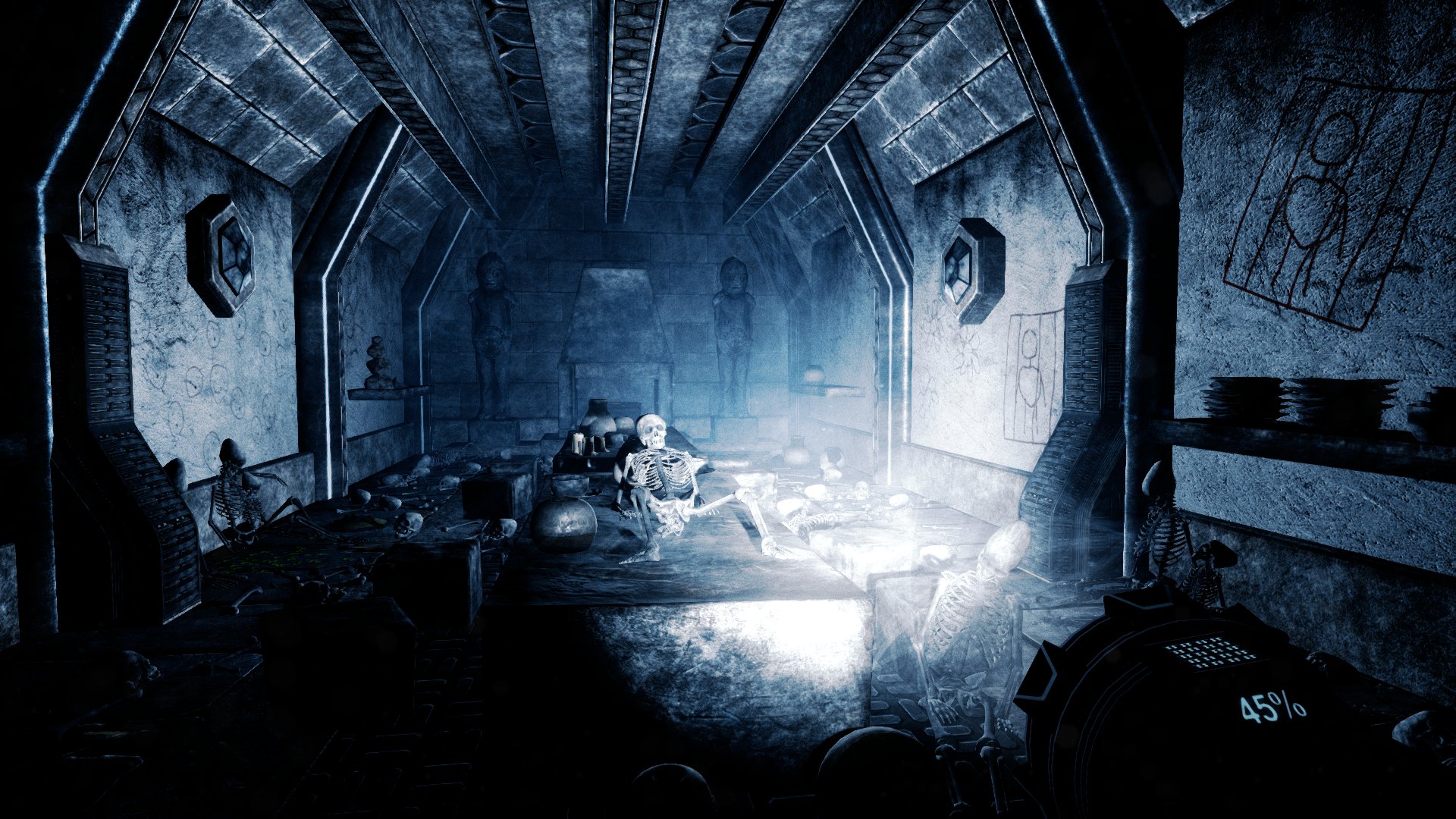
-
The Solus Project Review
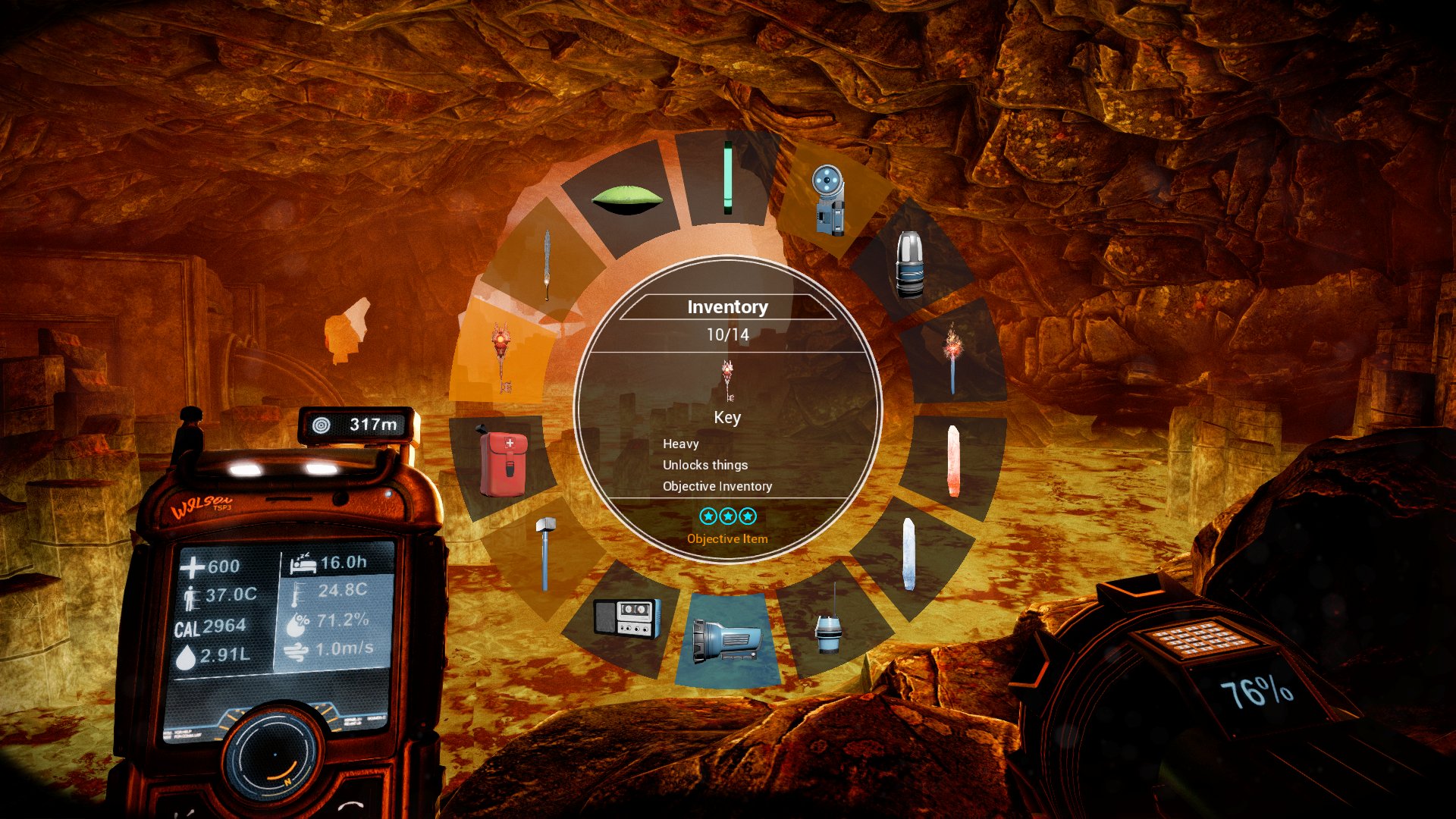
-
The Solus Project Review
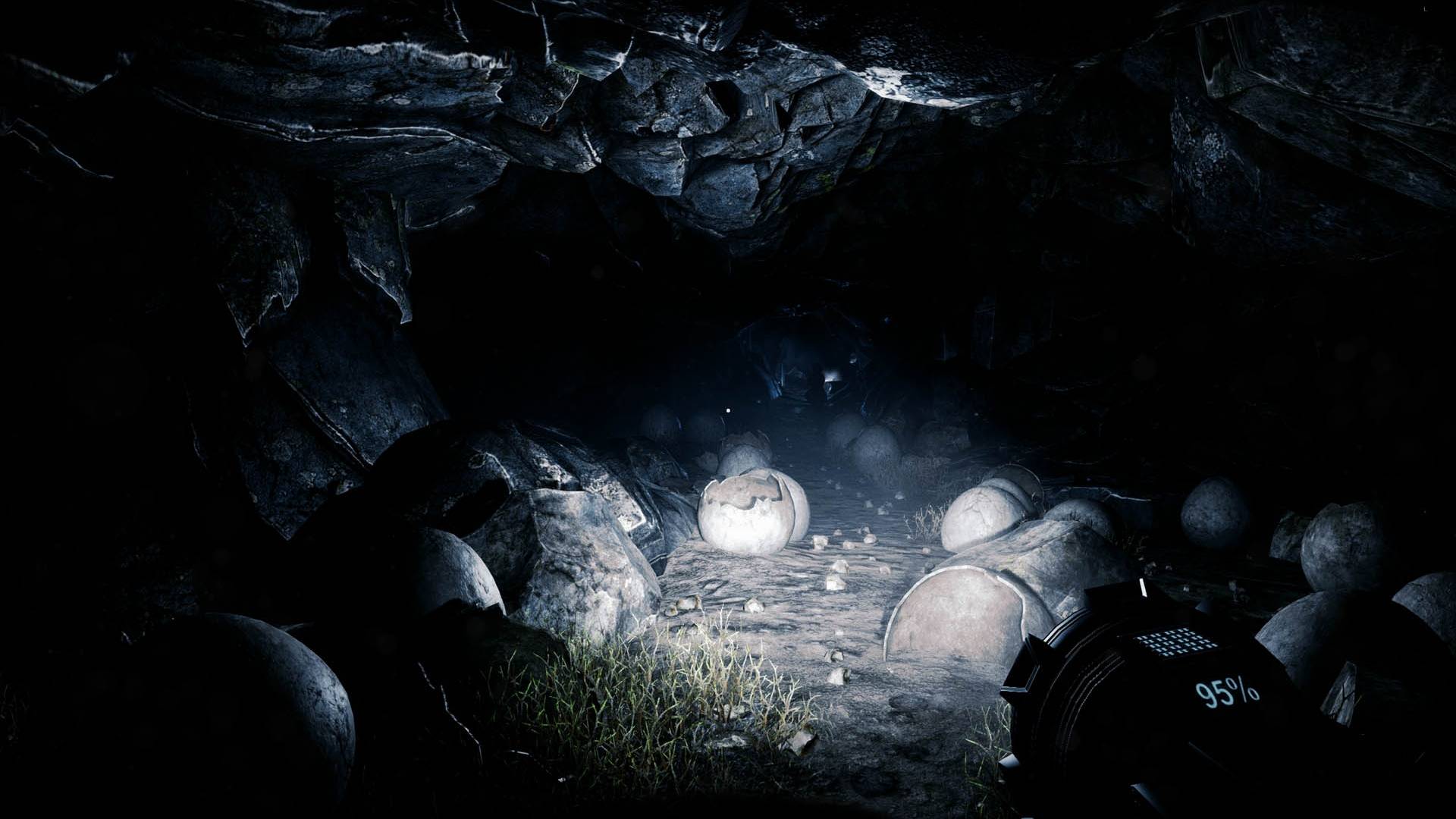
-
The Solus Project Review
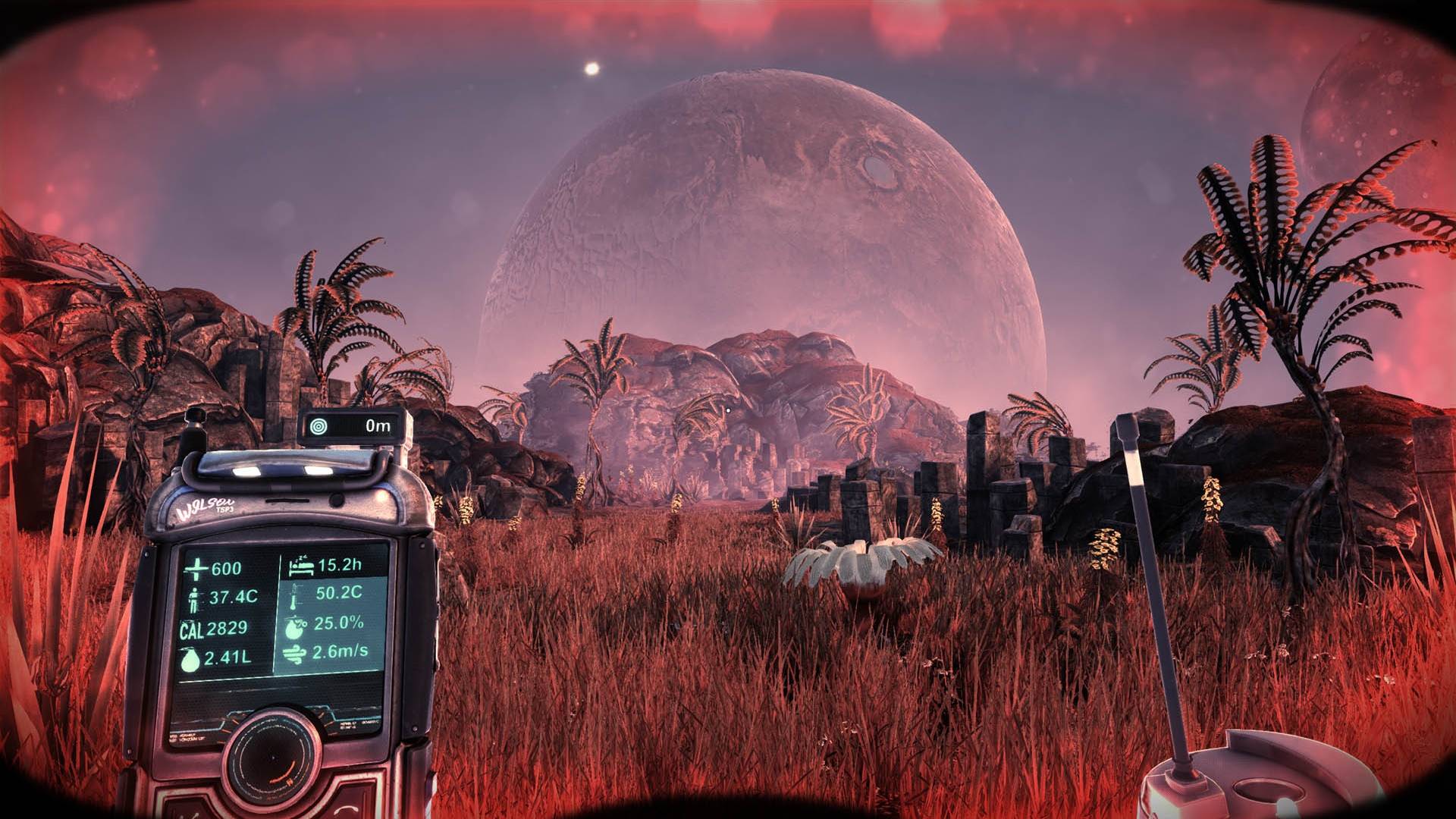
-
The Solus Project Review
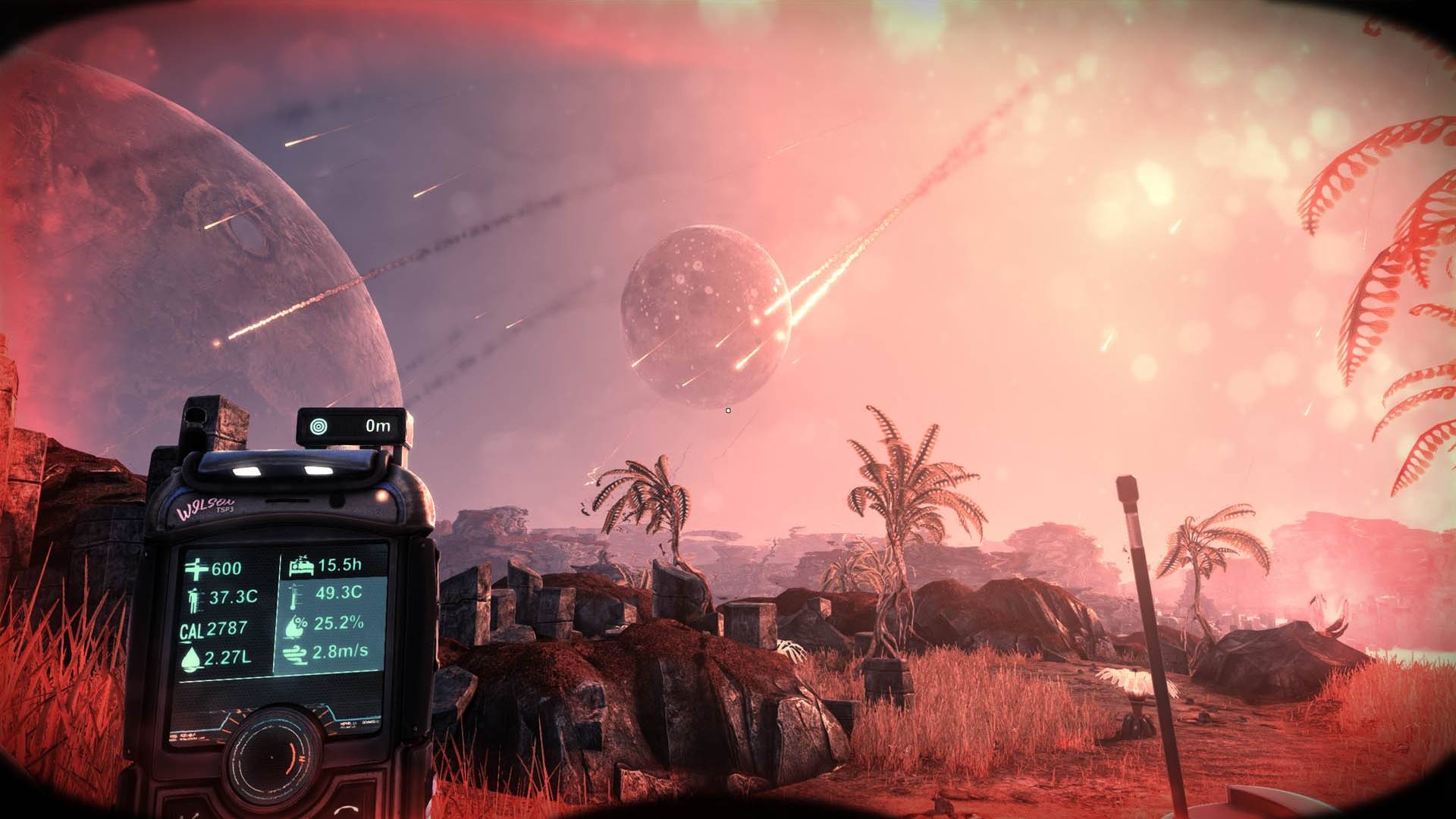
-
The Solus Project Review
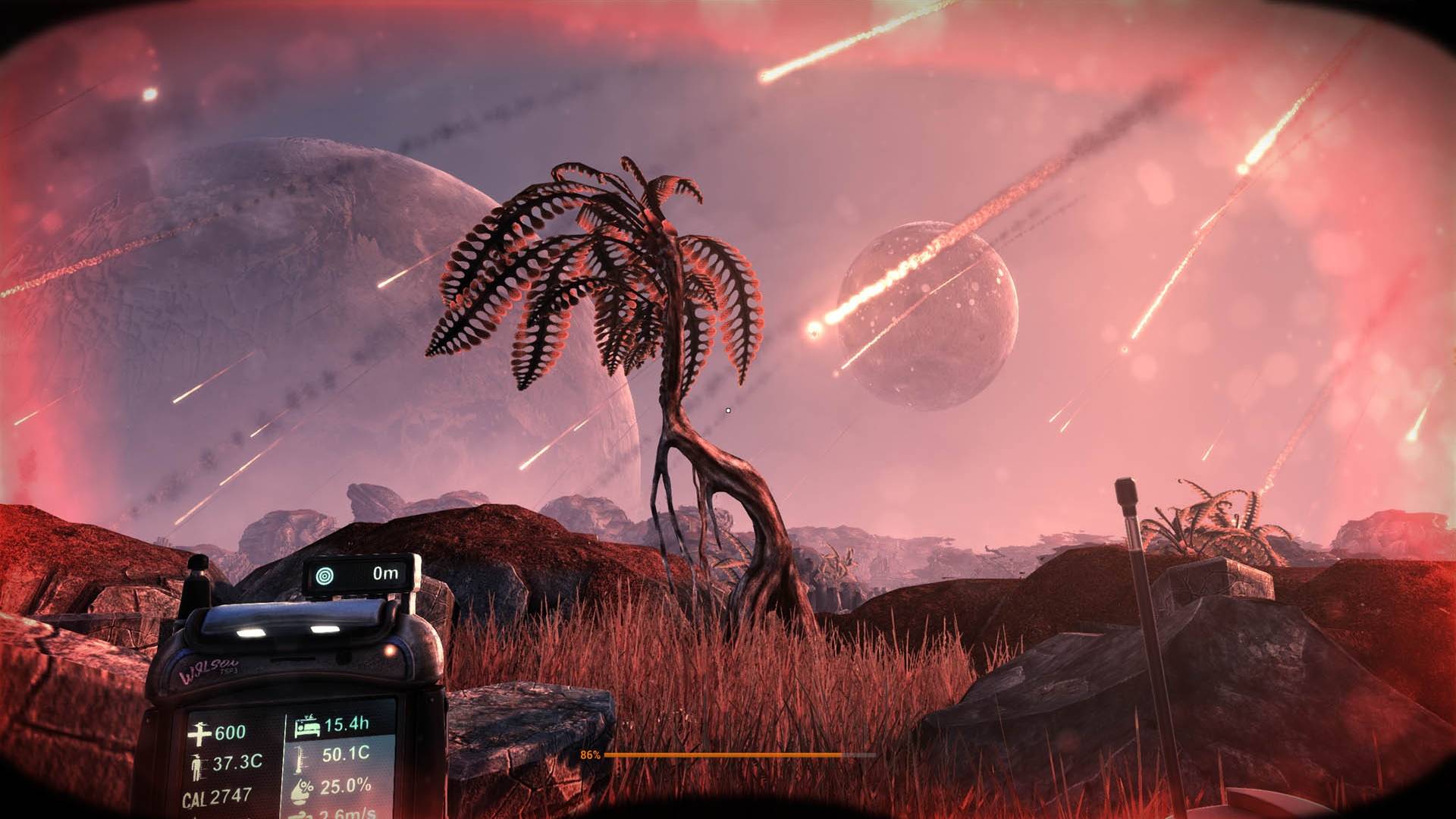
-
The Solus Project Review
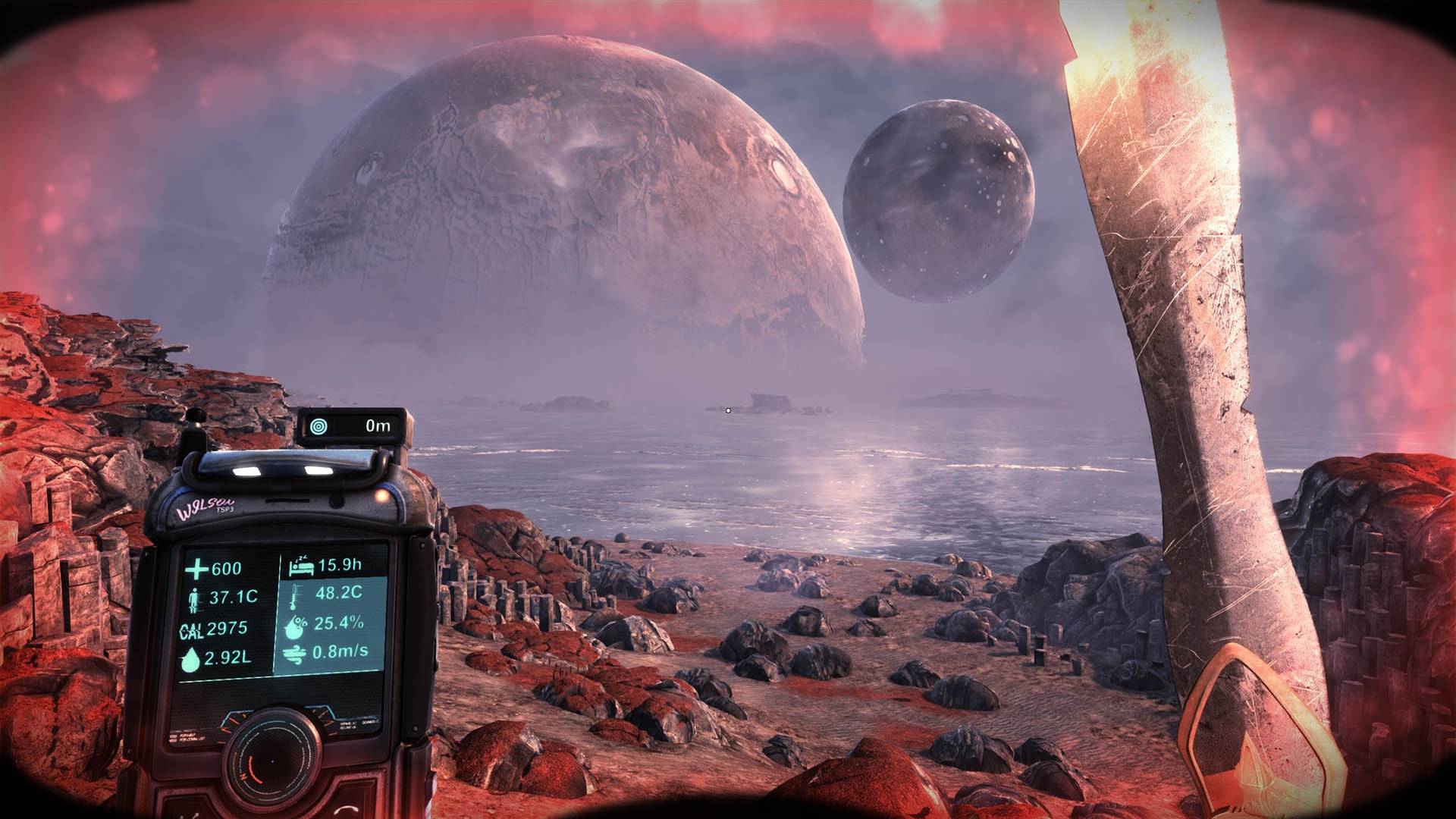
-
The Solus Project Review
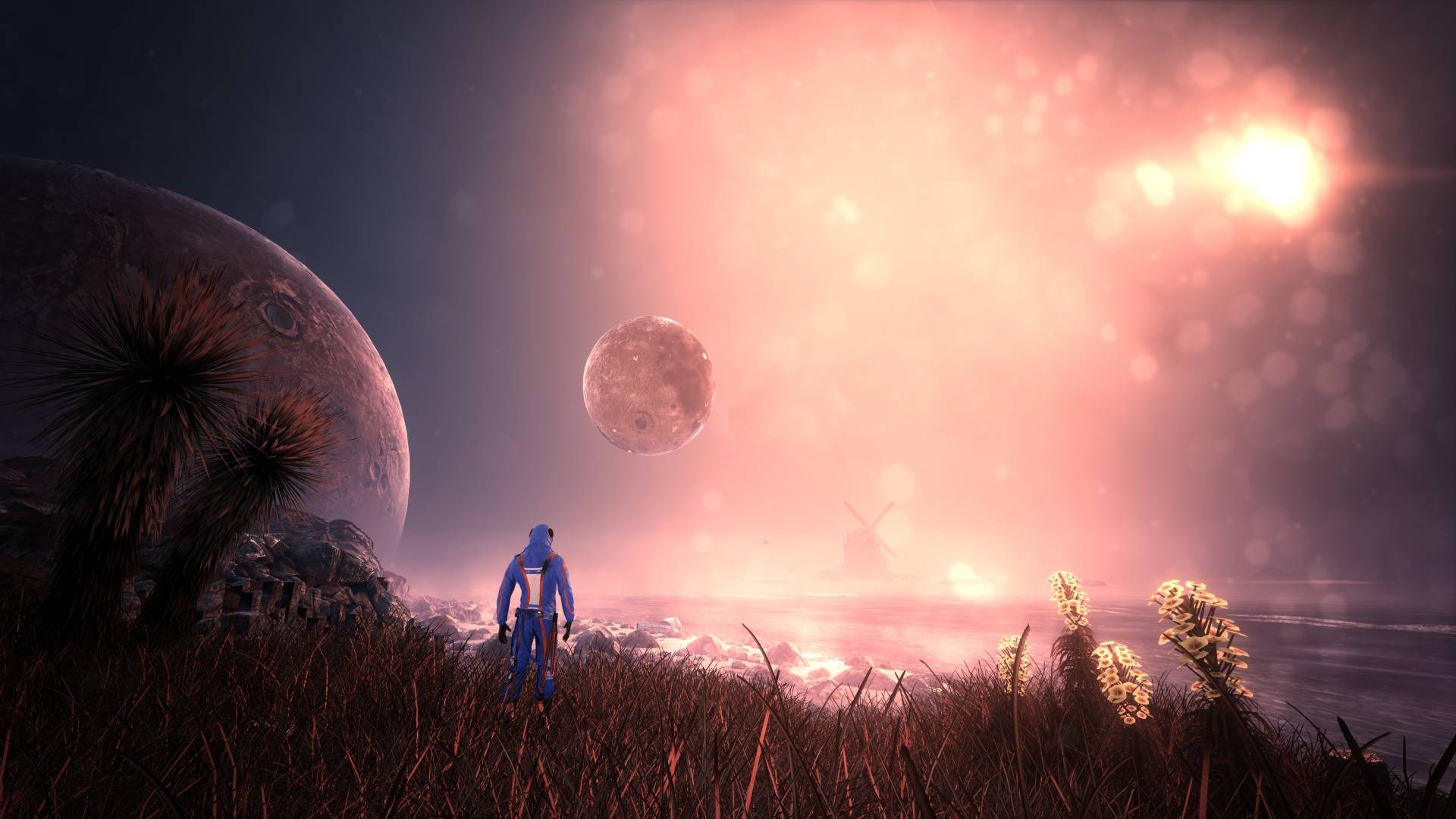
-
The Solus Project Review
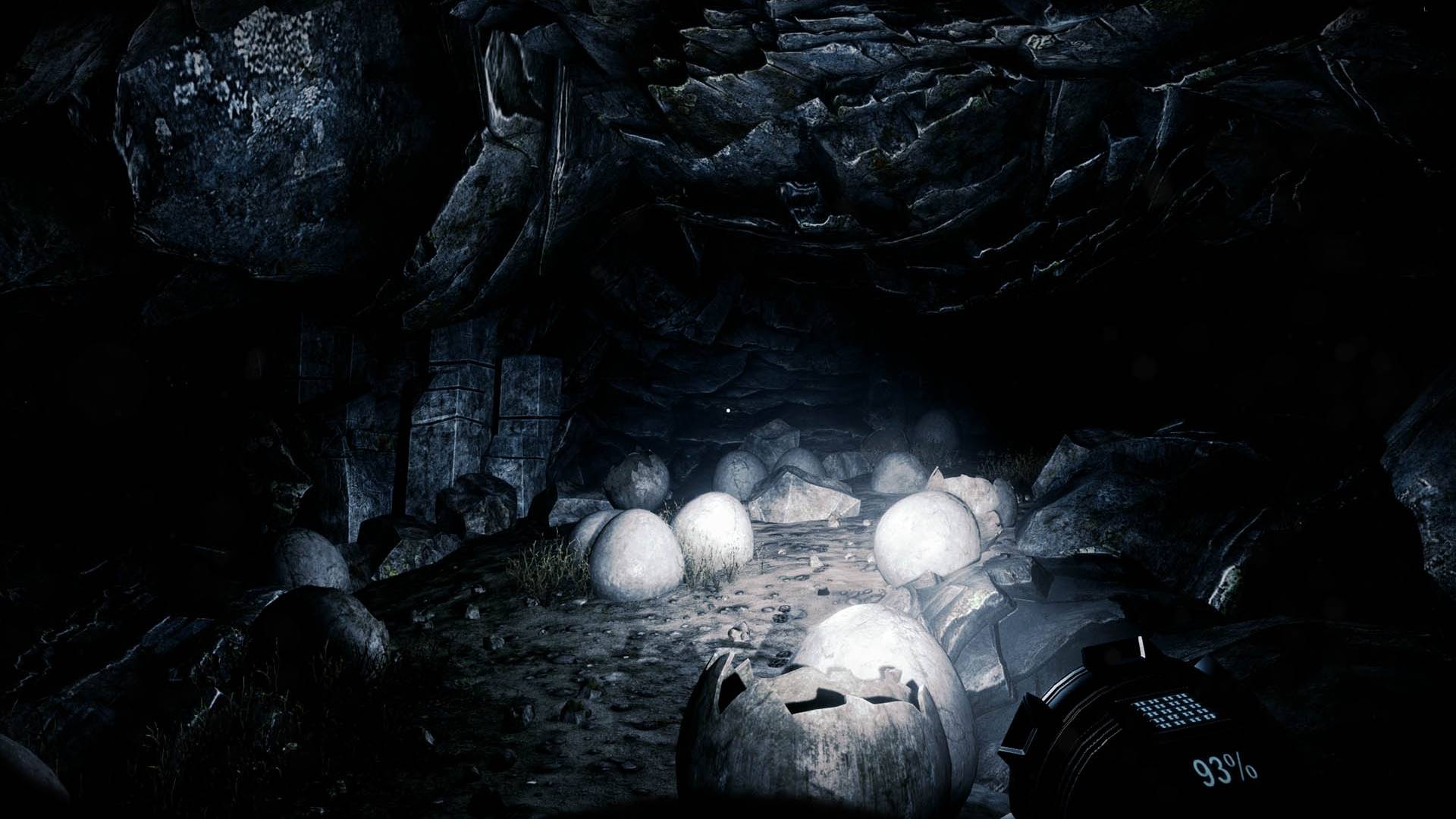
-
The Solus Project Review
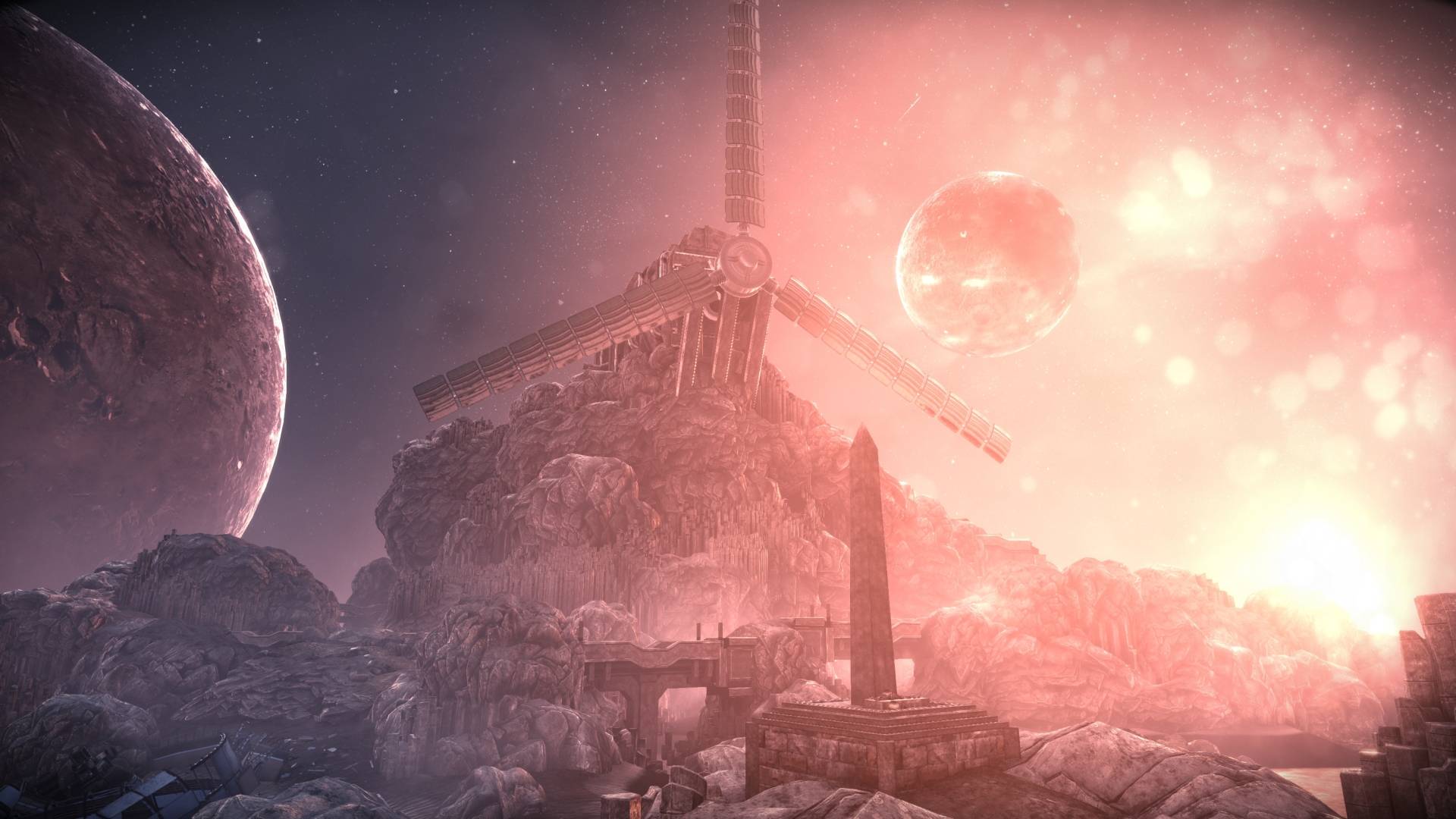
-
The Solus Project Review
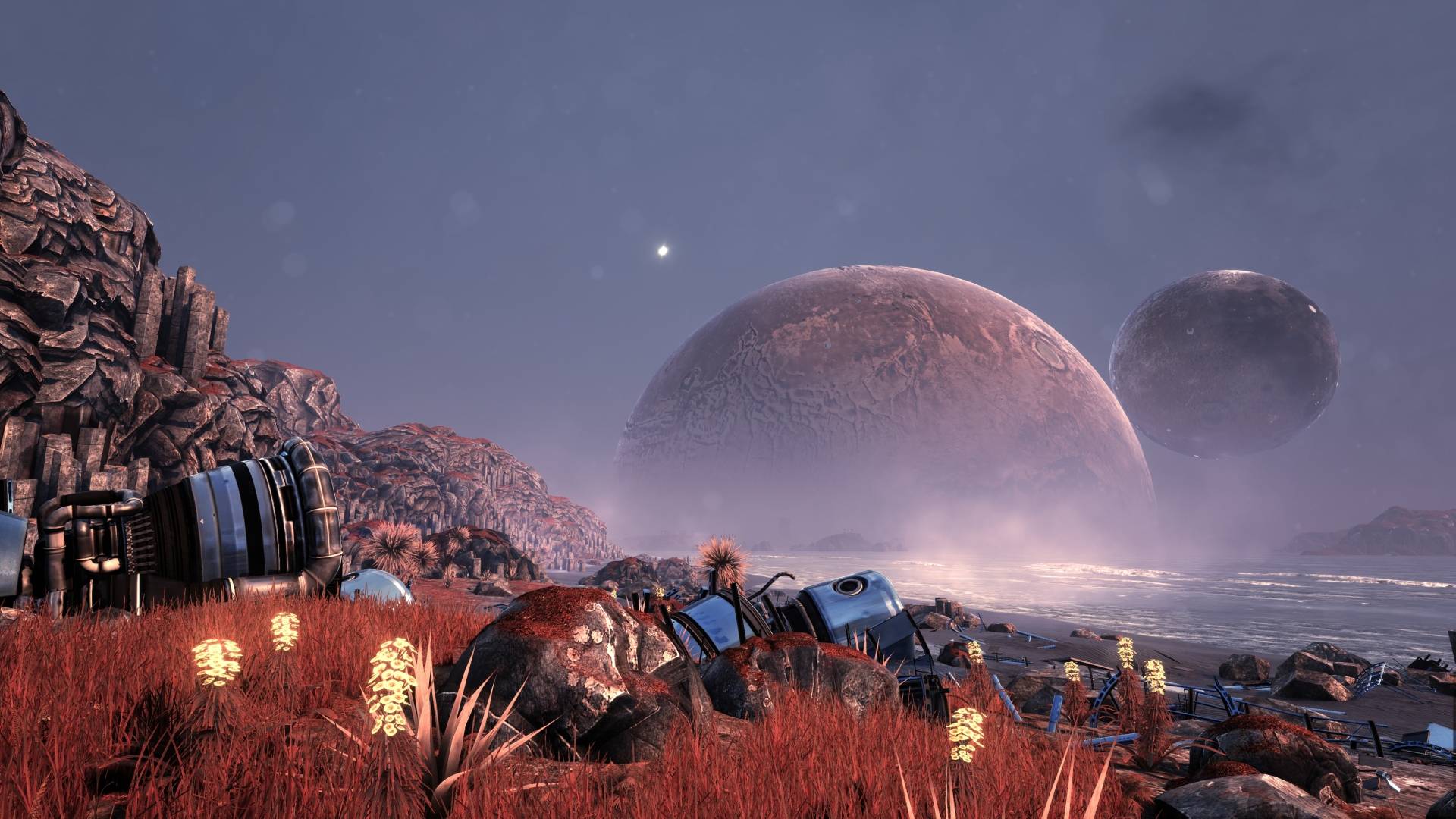
-
The Solus Project Review
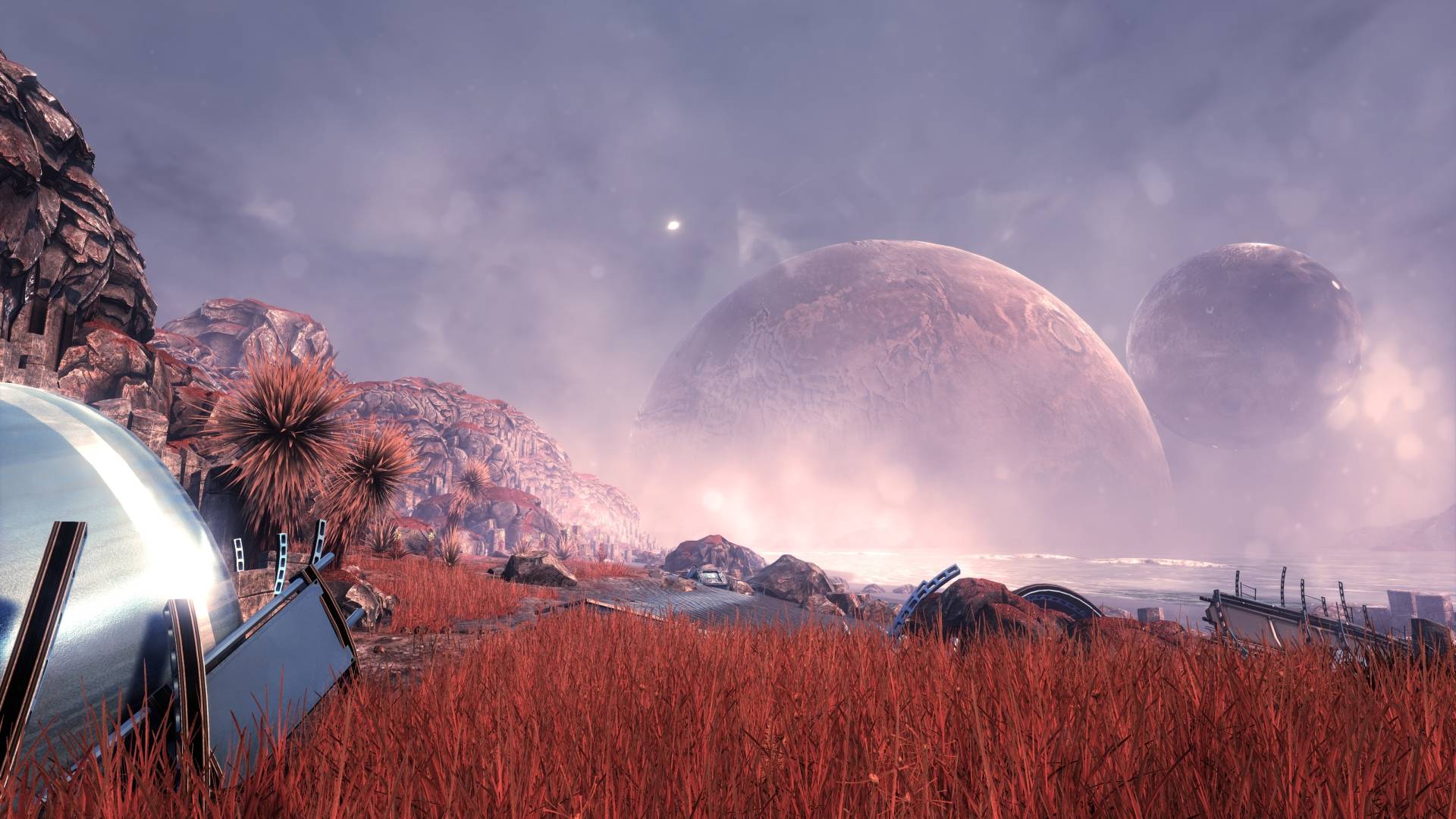
-
The Solus Project Review
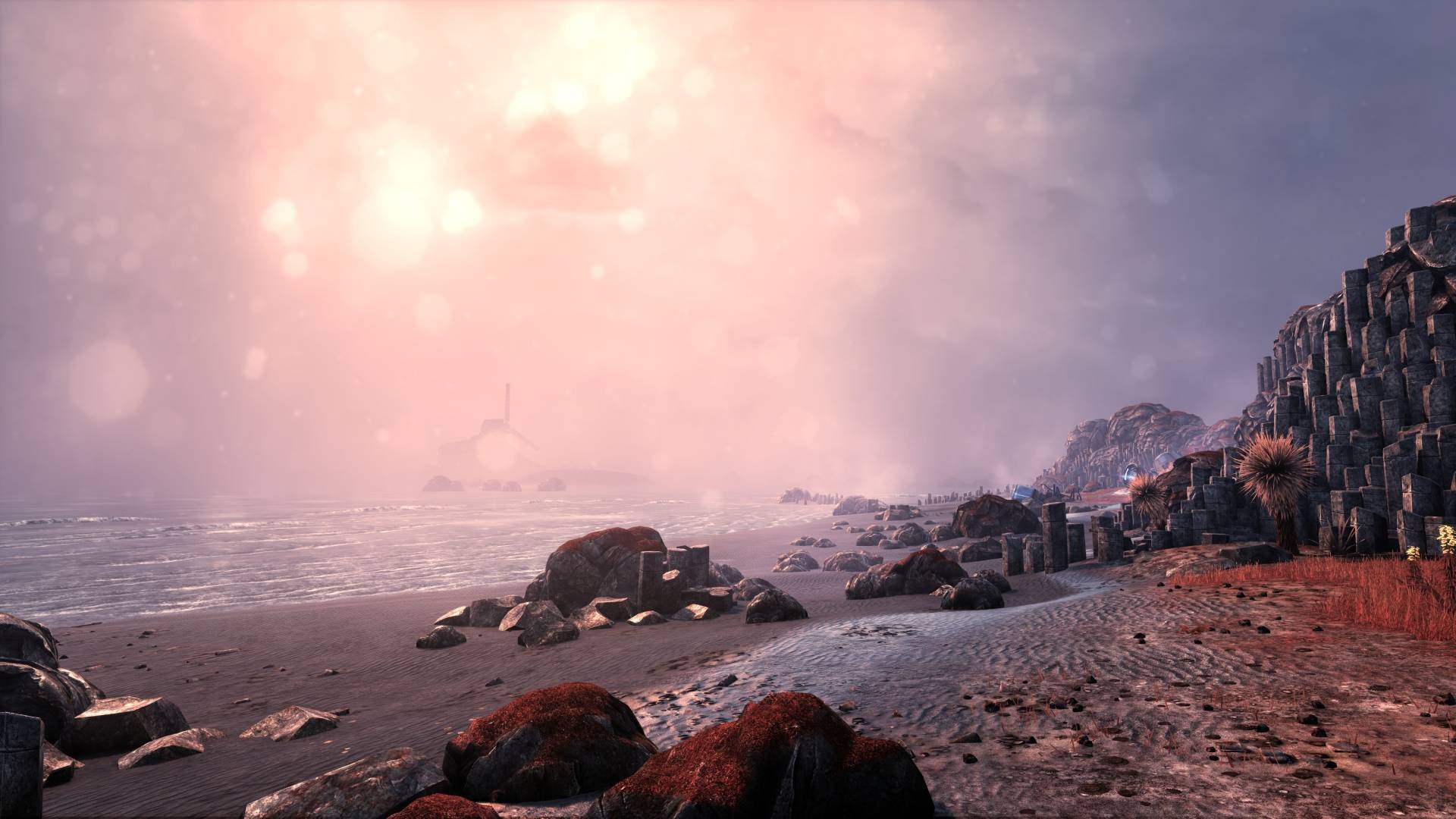
-
The Solus Project Review
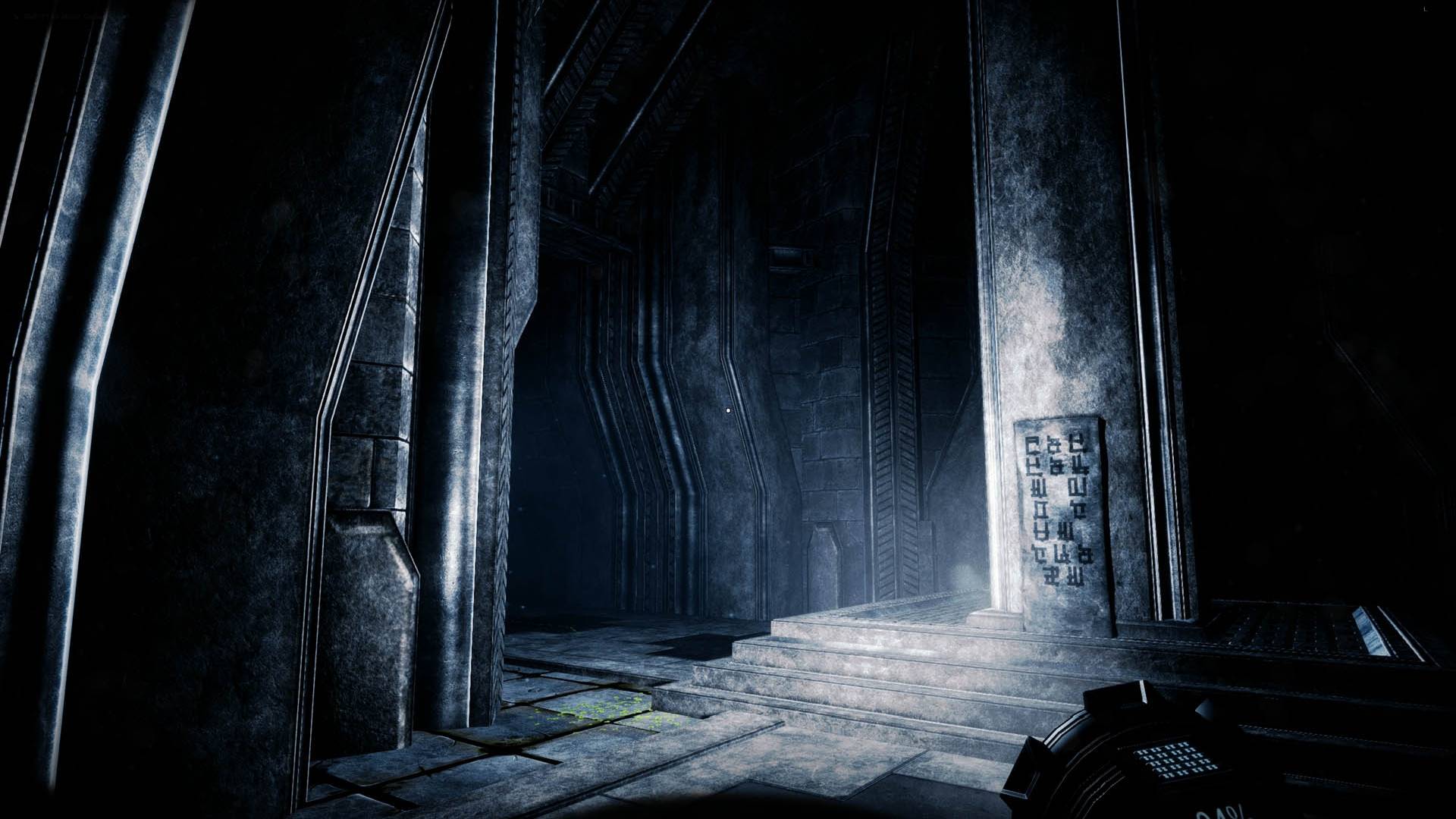
-
The Solus Project Review
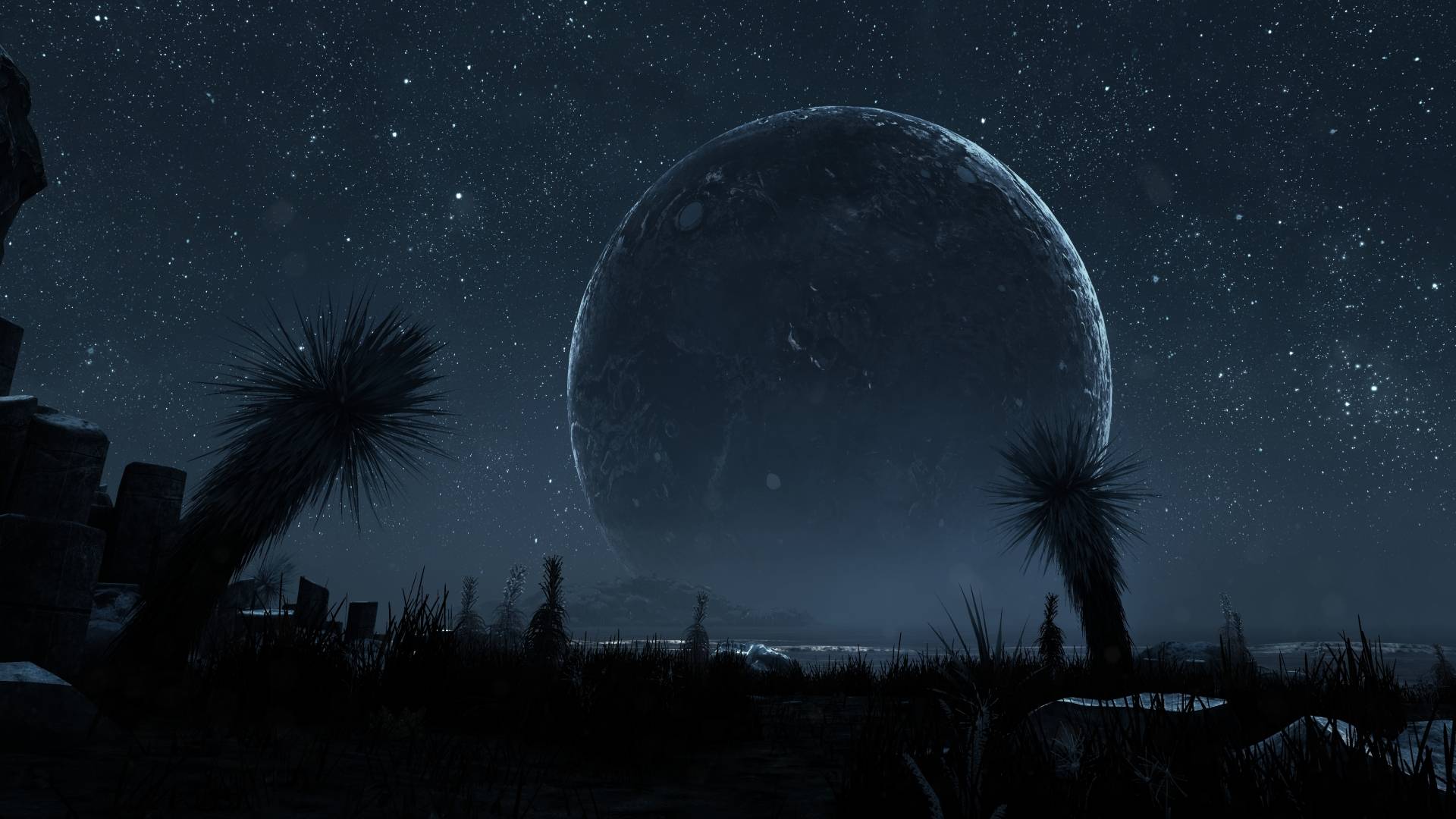
-
The Solus Project Review
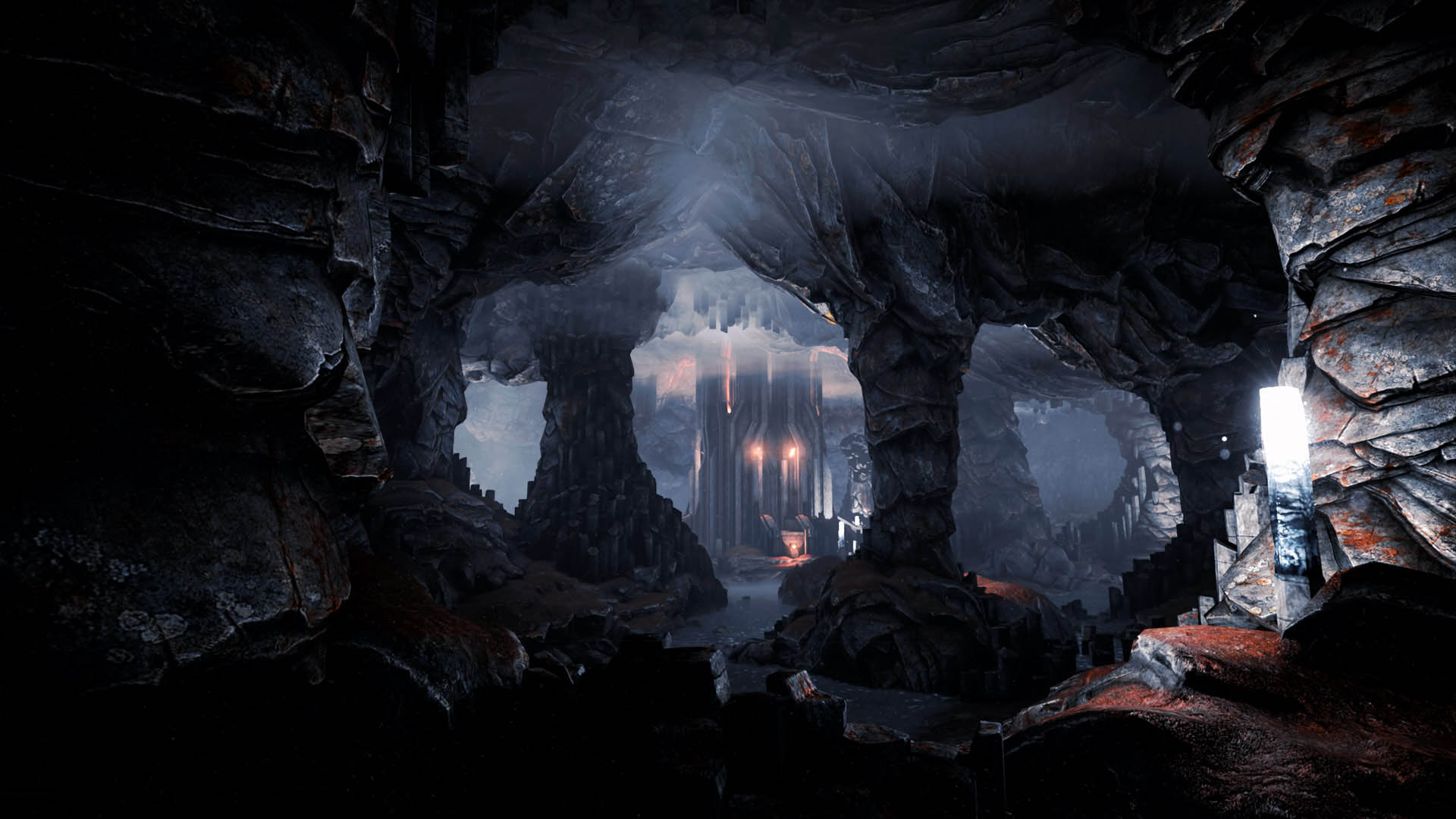
-
The Solus Project Review
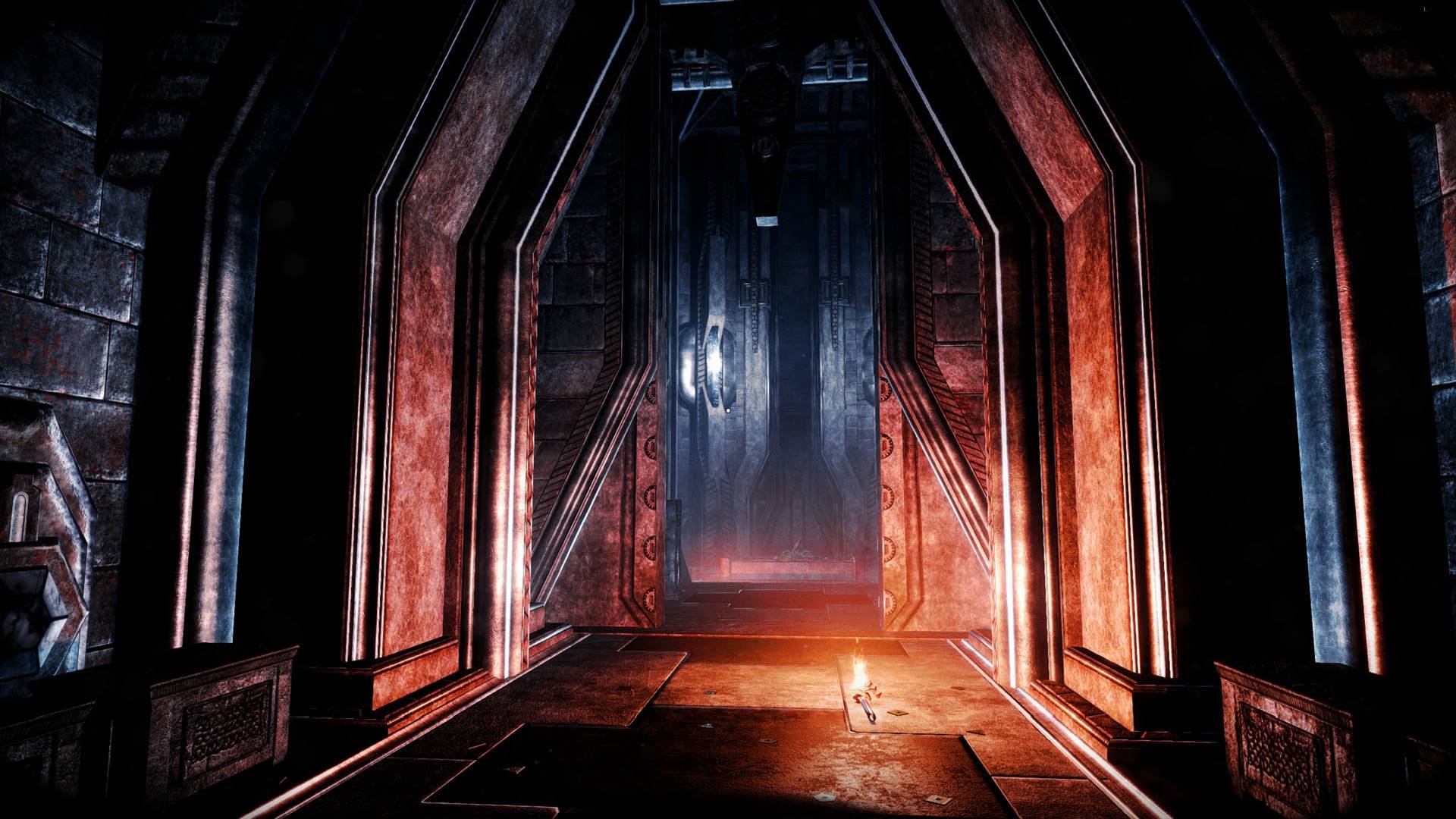
-
The Solus Project Review
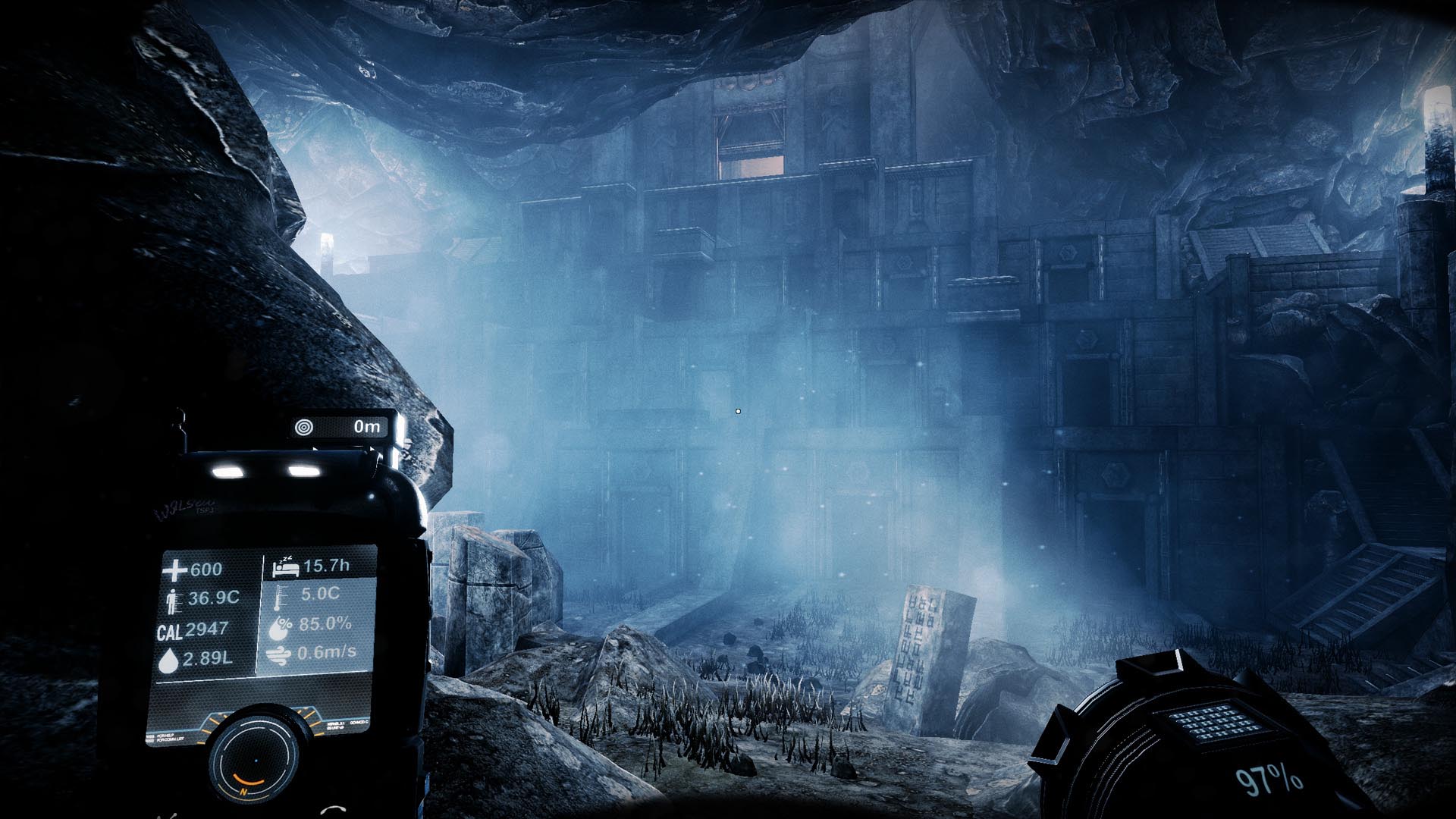
-
The Solus Project Review
